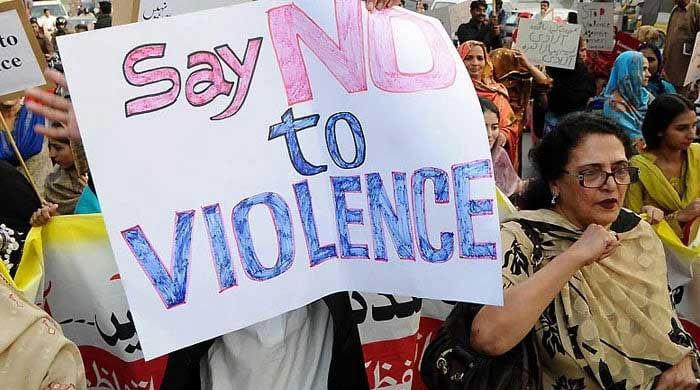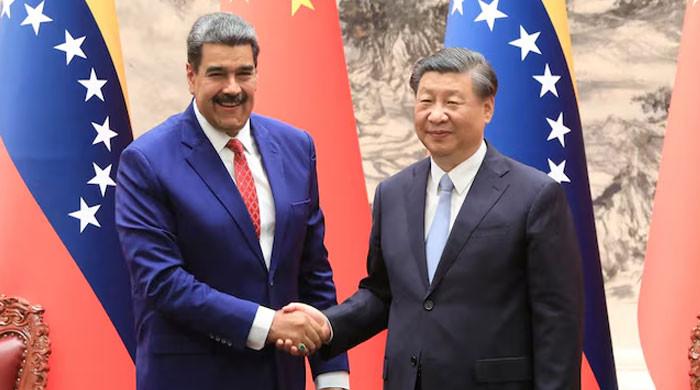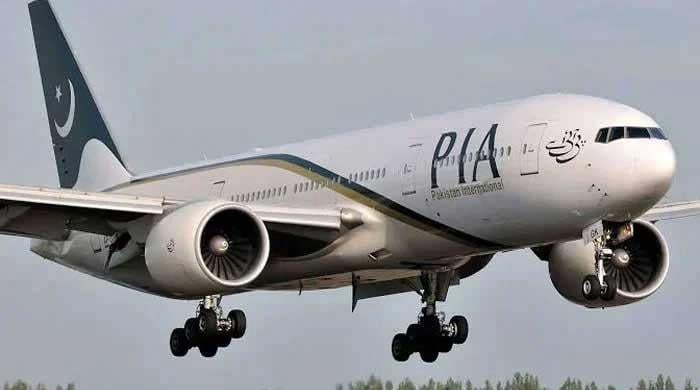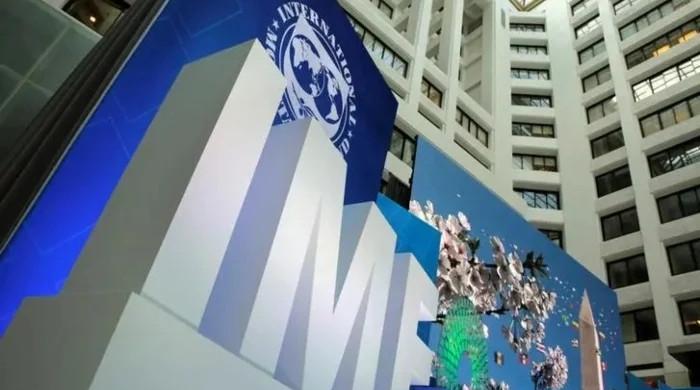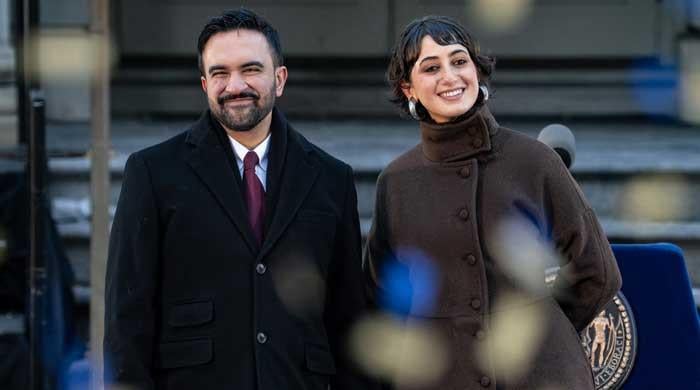Dina Wadia and her darling papa
The narrative that Dina Wadia had a tumultuous relationship with her father is false
November 06, 2017
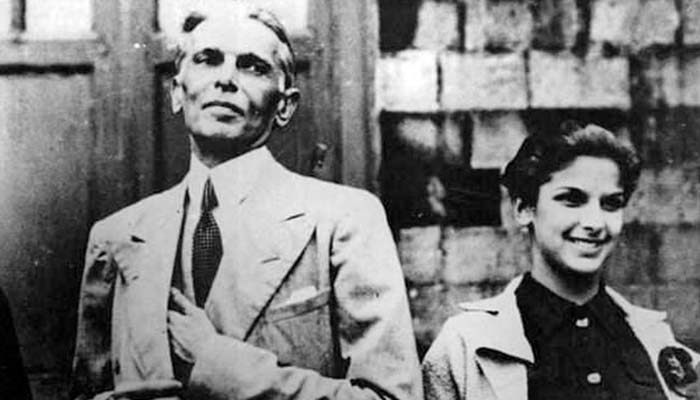
She had hoped to spend the last days of her life with the memories of her darling papa in Mumbai. But her last wish was never fulfilled. Instead, she died in New York on November 2, at the age of 98.
After her death, Dina Wadia, the only child of Muhammad Ali Jinnah, became a victim of disinformation on social media, and in some newspaper articles. The ignorant claim that her father severed all ties with her. They also claim that he refused to meet her even when he was on his deathbed. But the facts tell a different story. They do not match the fictional narrative of the so-called historians.
On Nov 3, the National Assembly of Pakistan and the Sindh Assembly observed a minute of silence to pay homage to Wadia. Few in Pakistan knew her; yet, she was well respected in the country her father created.
Why then, did she never relocate to Pakistan? Why she died in New York as a US citizen? Why was she buried in the United States?
For a decade, during her life, Dina Wadia was engaged in a legal battle with the Indian government, over the ownership of her unoccupied childhood house in Mumbai. She filed a petition in the Bombay High Court through her lawyer, Shrikanth Doijode, insisting that she was the only legal heir of her late father and hence the owner of South Court (a.k.a Jinnah House). Jinnah had bequeathed the property to Fatima Jinnah, his sister, in 1939. But the will was never registered in a court. In her lifetime, Fatima Jinnah never made any claim over the property in Mumbai. She never married, which is why Wadia considered herself the sole owner of the bungalow on Malabar Hill.
In 2007, the Quaid’s daughter wrote a letter of request to then-Indian Prime Minister Dr Manmohan Singh. “It is now almost 60 years since my father’s death and I have been deprived of my house where I grew up and lived until I married,” she wrote, “I request you return it to me.” She further promised to only use the property for residential purposes and to not to exploit it commercially. Singh never responded, maybe because the Indian government had other plans. They were keen on converting the house into a South Asian Centre for Arts and Culture.
Later, the government of Pakistan also jumped into the controversy, by claiming ownership. They too hoped to get possession in order to relocate their consulate in Mumbai to Jinnah’s property. Wadia could have easily contested the government’s claim, but she decided against it and did not contact anyone in Pakistan.
I remember a conversation I had with Dr Zawar Hussain Zaidi, an academic, about Dina Wadia. He was her most reliable contact in Pakistan. Dr Zaidi admired Jinnah and met him for the first time at the Aligarh University before partition. At that time, he was a professor of history at the School of Oriental and African Studies in London. He moved back to Pakistan in 1992, to overlook the Quaid-e-Azam Papers Project, which entailed collecting and publishing more than 150,000 documents related to founder.
Zaidi showed me a letter Wadia wrote to her father in 1947. (The professor was a friend of my father. I would often contact him for guidance and to learn more about aspects of Jinnah’s life ignored by the state). There is a common narrative in Pakistan that suggests that Jinnah never saw his daughter after she married a non-Muslim in 1938. That narrative is false.
Jinnah was not happy about his daughter marrying, Neville Wadia. He never attended the wedding, but he did send a bouquet through his driver, Abdul Hai, to the newly married couple.
In his book, author Khawaja Razi Haider included letters Dina Wadia wrote to her father. The very first one, dated April 28, 1947, written from the Pedder House, Cumballa Hill, Bombay, addressed Jinnah as “My darling papa.” And goes on to add, “I am so proud and happy for you.” In another letter, written on June 2, 1947, she thanks her father for writing back, concluding it with the words, “lots of love and kisses and big hug. Dina.”
The Quaid wrote his last will in 1939, wherein he stated: “I direct my executors to set apart Rs 200, 000, which will at 6 percent bring an income of Rs 1,000. Pay the income to my daughter every month during her lifetime and after her death divide it equally between her children, male or female.” In 1943, Wadia separated from her husband. With Neville, she has one daughter and one son.
Jinnah met his daughter and grandchildren several times in Mumbai before 1947. Nussli Wadia, his grandson, still has a cap gifted to him by his grandfather in 1946. After her divorce, Wadia left India and later settled down in New York.
Dr Zaidi requested her several times to visit Pakistan, but she always told him she would not be a state guest.
The first time she visited the country was in 1948 after her father passed away. Then, she had travelled to Pakistan on a special plane sent by Prime Minister Liaquat Ali Khan. She came again, twice, quietly between 1948 and 1967.
Zaidi tried again through Benazir Bhutto. But the invite was rejected. Finally, the former chairman of the Pakistan Cricket Board, Sheharyar Khan, approached her through her son Nussli Wadia in 2004 and invited the family to see an India-Pakistan cricket match in Lahore. This time, fortunately, she agreed. Tariq Azeem, then a senator, and now Pakistan’s High Commissioner in Canada, had sat next to her as she watched the match. He remembers asking her why she had not visited Pakistan in a long time. Her reply, as he recalls: “I don’t have anyone to visit here anymore. My family is in India.” To which he said that Pakistan was her family. Before the match could conclude, she left the stadium without watching India’s victory over Pakistan.
During her stay in the country, she visited the mausoleum of Dr Muhammad Iqbal in Lahore, who was a close friend of her father. Later she met his grandson, Mian Yousaf Salahuddin, over dinner. As Salahuddin was walking her through his gallery of images, she noticed the pack of cigarettes in his hand and ordered him to stop smoking. And when he expressed disappointment in the state of affairs in the country, she did not encourage him. Instead, she told him to “stop saying such things.”
Wadia’s visit was purposeful. She believed in cricket diplomacy as a means to normalize ties with neighbouring India and Pakistan. Throughout the trip, she may have avoided meeting then President Gen. Pervez Musharraf but she did quietly support peace efforts initiated by both the governments. When walking away from her father’s mausoleum in Karachi, she wrote the words: “May his dream for Pakistan come true.”
Dr Zaidi died in 2009. Wadia died this year. And with them gone, we, as a nation are slowly losing our contact with the past. We seem to be less interested today, than ever before, in securing a better and peaceful future for our generations to come. Both India and Pakistan never honoured the last wish of Dina Wadia. She was never able to live her remaining life in her family home, amongst the memories of her parents. But she had another wish. Our Quaid’s only child wished for India and Pakistan to get along. Will we honour it? Her darling papa and his political rival, Mahatama Gandhi, wanted the same.




